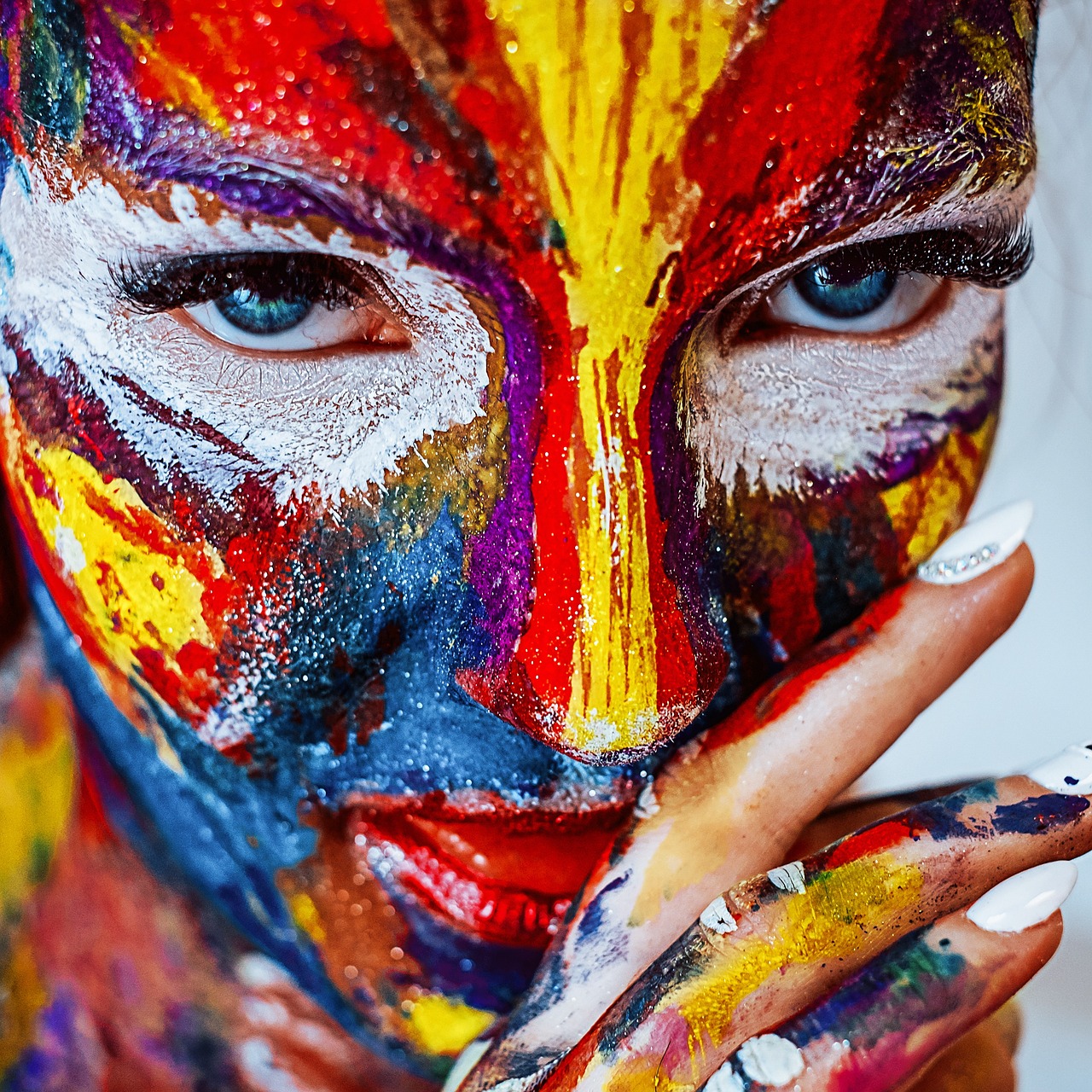What are the implications of AI-generated art on the future of creativity?

The dawn of digital technology has brought a paradigm shift in nearly every sector, and the realm of art is no exception. The introduction of artificial intelligence (AI) into the artistic domain has turned the age-old creative process on its head, leading to the emergence of a new genre: generated art. This development has implications not just for human artists but also for our understanding of what constitutes creativity itself. So, what exactly is AI-generated art, and how will it impact the future of human creativity?
AI-generated Art: An Overview
Artificial intelligence has stepped up to create a new dimension in art, combining data and technology with the traditional creative process. By leveraging complex neural networks, AI can now create images that are, surprisingly, quite artistic. With AI image generators, an image can be created from scratch, fueled by data inputs and machine learning algorithms.
Dans le meme genre : How do urban green spaces affect property values and community well-being?
At the heart of AI-generated art lies generative art, a practice where the artist creates an idea, concept, or system, which they then use to generate art. In the context of AI, these systems are typically algorithms or neural networks, designed to create art in a semi-autonomous or fully autonomous manner. The resulting images challenge our conventional notions of art as they blur the line between human and machine creativity.
A notable example is the use of Stable Diffusion, a process that uses AI to generate realistic images. This technology has been gaining attention in the art world, with artists and technologists from institutions like the Arts MIT exploring its potential.
A découvrir également : Can eco-labeling influence consumer choices in the cosmetics industry?
The Impact on Human Artists
The advent of AI in the world of art has sparked a debate on its impact on human artists. Will the rise of AI-generated art make human artists obsolete? Or will it serve as an additional set of tools in the artist’s kit, accelerating and enriching the creative process?
The answer, it seems, lies somewhere in between. While there’s no denying that AI can create captivating images, the human touch in art remains irreplaceable. The emotions, experiences, and conscious decisions that human artists bring to their work can’t be replicated by a machine. However, AI can serve as an invaluable tool, offering an entirely new medium for human artists to explore and experiment with.
AI also democratizes art creation by providing accessible drawing tools to those who might not otherwise have the means or ability to create art. This could lead to an explosion of new art and design concepts, driven not just by professional artists but by anyone with access to AI technology.
The Future of Creativity
As AI continues to evolve, it has the potential to redefine our understanding of creativity. Traditionally, creativity has been seen as a uniquely human attribute, bound up with our emotions, experiences, and imaginations. But with AI now able to create art, the question becomes: what is the nature of creativity?
The answer may lie in reconfiguring our understanding of creativity, not as a purely human trait, but as a process of generating new ideas, solutions or outcomes. In this sense, AI does exhibit a form of creativity, albeit one that is fundamentally different from human creativity.
Artificial intelligence can generate countless combinations and permutations, beyond what a human mind can conceive, resulting in entirely new ideas and artistic expressions. However, it lacks the emotional depth, personal experiences, and subjective interpretation that human artists infuse into their work.
Conclusion: A New Era of Artistic Possibilities
AI-generated art is not here to replace human artists; rather, it represents a new frontier in the artistic landscape, offering fresh possibilities for creative expression. By leveraging AI, artists can push the boundaries of traditional art, explore new concepts, and create unique, never-before-seen artworks.
At the same time, the emergence of AI-generated art invites us to revisit our understanding of creativity. It encourages us to see creativity not as a solely human trait, but as a broader process of generating new and innovative ideas.
In this brave new world of AI and art, it’s not about man versus machine, but rather, man and machine, working hand in hand to create, innovate, and redefine art for the future.
